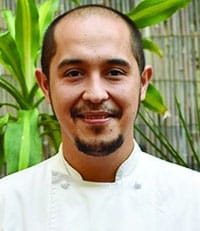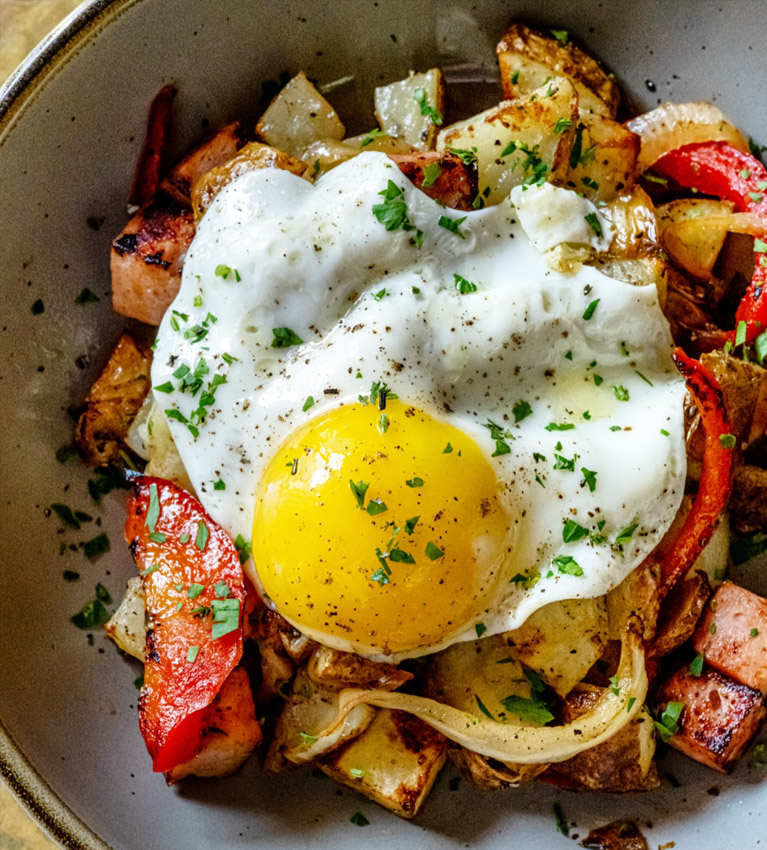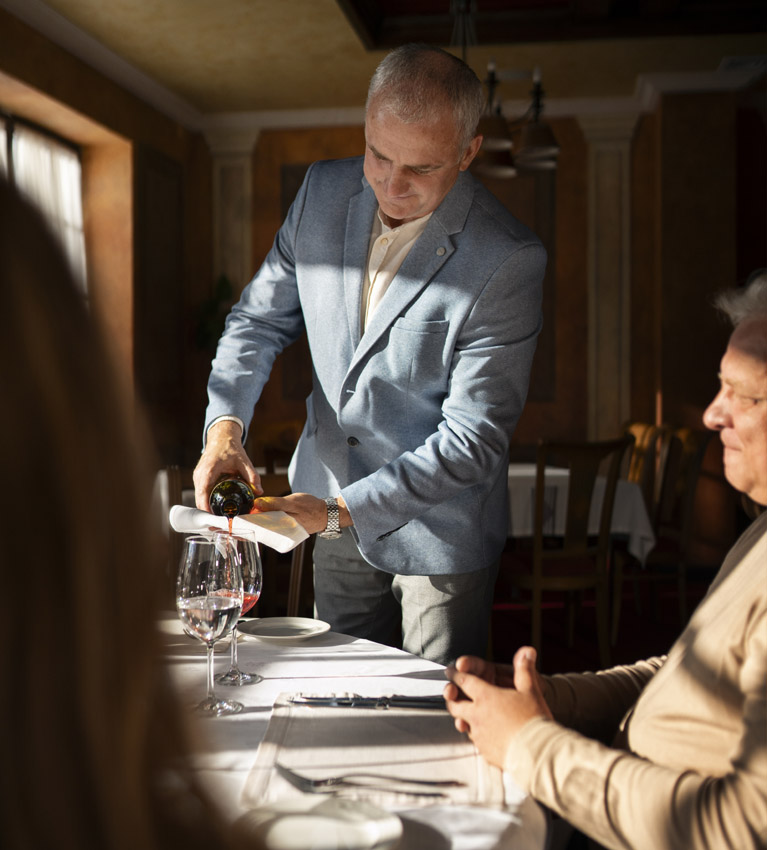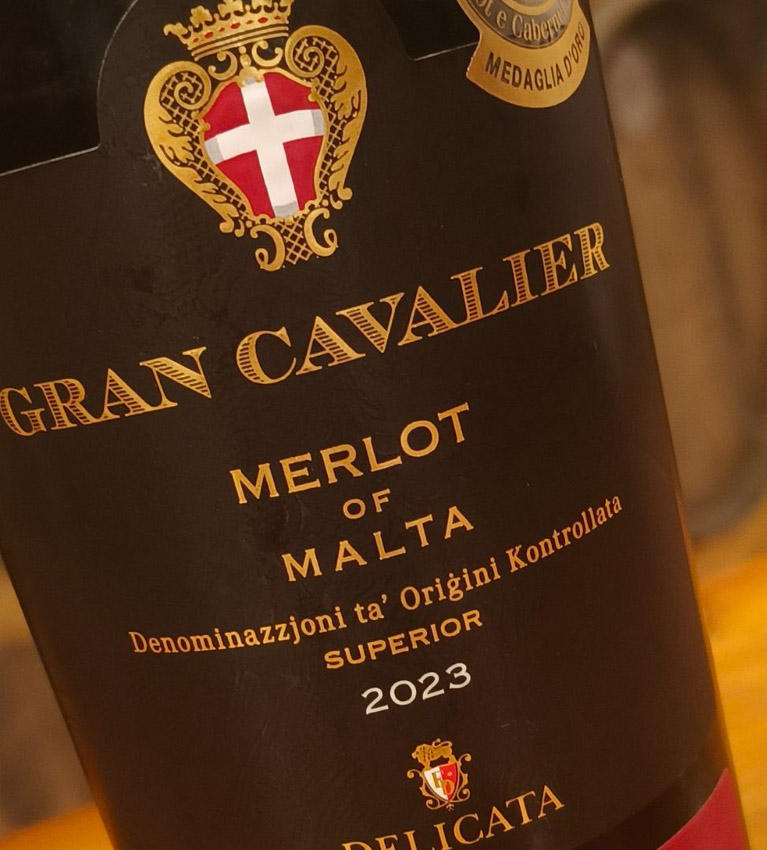
Basics in Understanding Flavour: Compounds & Chemicals
October 20, 2024

Lighting Design
October 20, 2024
HORECA Speaks: Michelle Muscat
October 25, 2024For the finale of this three-part series we are going to have a look at arguably the most important part in understanding the “equation of flavour”; compounds and chemicals that give food our flavour, we will also be looking at useful applications surrounding this knowledge.
Don’t get me wrong, the body and mind perceives what flavour is to us, and if we enjoy the whole experience (and when I say whole experience, something as simple as opening a walnut ultimately changes its flavour). But chemical compounds are what makes the flavour of each food so unique. It’s basically like a car, you can own a car but without a fuel source it’s just a tin can, chemicals and how our body perceives flavour work hand in hand.
Like we said in the other two issues, ingredients are made up of chemical compounds, namely two types; volatiles, light compounds or molecules, that can travel freely either in the air or a solvent of their choosing and react with the nasal receptors, and non-volatiles, heavier molecules that react with the taste receptors, they have very little to no identifying aromas and provide us with any of the five tastes.
There is also a family of volatile molecules, called phenols, which are slightly heavier than other volatiles and, in some cases, these phenolic compounds leave a little bitterness on the tongue. Phenols are also water-soluble compounds meaning that in some cases we can wash away the bitterness of an object by soaking it in water, much like we do for phenol rich olives and capers. Their water solubility also means that as Chefs we can draw out specific compounds of our choosing in said water.
A very common compound found in several food and drink products is Vanillin, the primary flavour compound found in vanilla. Vanillin is a phenolic aldehyde; this means it can be extracted in both water and alcoholic mediums. But loads of other ingredients contain smaller amounts of vanillin that needs to be extracted through cooking. Take peanut shells, they contain small amounts of vanillin, so if we boil peanut shells for a few hours and taste the water you will actually taste vanilla.
Not only vanilla mind you. Imagine this, while vanillin makes up around 70% of the total flavour of fresh vanilla, there are still around 200 hundred other compounds that help make vanilla’s full flavour. This is also why vanilla essence is so far less complex than the fresh vanilla, vanilla essence is vanillin, just one molecule (often synthesised from by-products of diesel production) and some sort of solvent. But those 200 compounds are all from different families with different rules.
There are compounds such as alcohol, acid, fat, and sugar. Each of these compounds are best suited to solvent made from the same nature, or at least something similar. For example, most phenols can be extracted through a water base or an alcohol base, but when you make a simple syrup of just sugar and water, the chemical compounds are almost the same and therefore a sugar syrup works wonders as a replacement solvent to alcohol.
Some compounds like aldehydes are not true flavours, and are only created once a reaction damages cells. Take benzaldehyde as an example, bitter almonds don’t contain it, but they do contain cyanin, once the almond is broken cyanin converts into benzaldehyde, the aroma of bitter almonds or almond essence, and cyanide the deadly toxin. Some vegetables like cucumbers and leafy greens like borage rely on these reactions to give them flavour, as they are majorly made of aldehyde compounds. Aldehydes are made from part acid and part alcohol and are best suited to solvents that contain parts of both. This ensures that the majority of their flavour gets “captured”.
That’s another problem with capturing flavour, some compounds are very volatile, like menthol, the flavour compound that’s alcohol in nature and makes up 54% of the flavour of mint. Menthol isn’t heat stable at all, and temperatures above 33 Celsius will denature the compound making it disappear in a way. The mint won’t lose its flavour, remember there’s roughly 40% of the mint’s compounds still intact, it will just have a different flavour, and won’t have that refreshing and tingly sensation that menthol provides to mint.
Not to fear however, we can add that refreshing flavour back by adding alcohol infused with mint. In its corresponding solvent (alcohol), menthol becomes stable. With vanilla this isn’t much of a problem, vanillin is a phenol and phenols are more stable at higher temperatures so cooking vanilla isn’t going to change its flavours much.
In essence, every ingredient we use is made of hundreds of compounds, all of different types, all solvents in different mediums, but there will always be a few dominant compounds that give a great majority of flavour. Compounds can be shared in various foods, and this knowledge can help pair ingredients really well; benzaldehyde can be found in bitter almonds, apricots, some mushrooms and pea varieties, anisole gives, carrots, anise, fennel, liquorice their flavour and ionone gives capers, tulips, peaches and raspberries their distinct flavour.
And identical compounds can be found in the strangest places, like caproic acid that you can find only in goats milk and coconuts, or butyric acid which can be found in American chocolates, Parmigiano Reggiano, carob, pineapples and stomach acid.
Continued in Issue 18 where Keith closes off the discussion in understanding flavour - giving us the final piece of the puzzle for 2024.

Keith Abela
Keith Abela is a forager, product developer and local food consultant. Who spends all of his time researching the delicious, rare and unique ingredients Maltese nature has to offer. He has a particular interest in multisensory flavour perception and all things fungus.
Click here to see Horeca Issue 17 online



